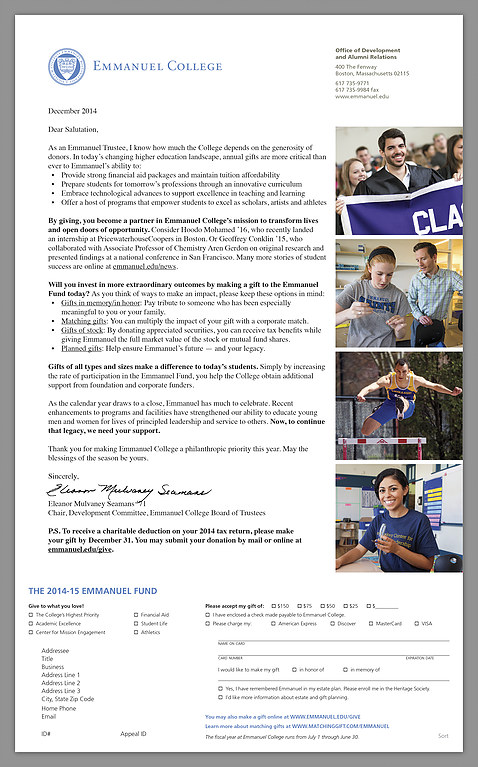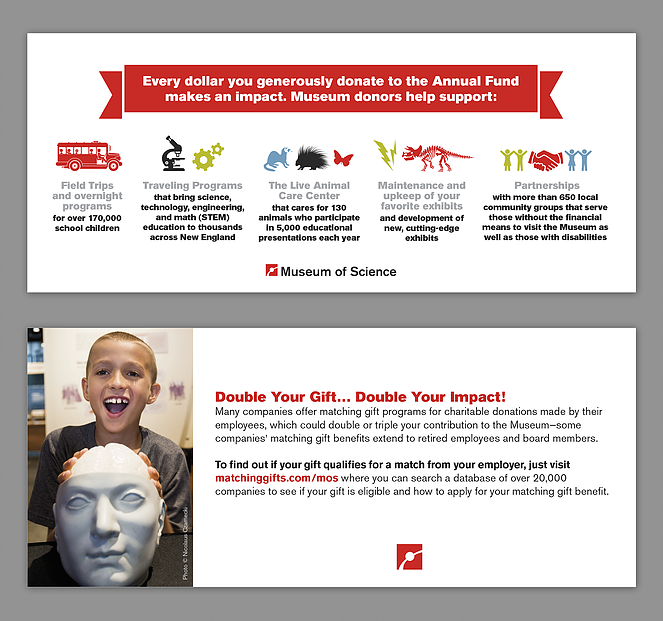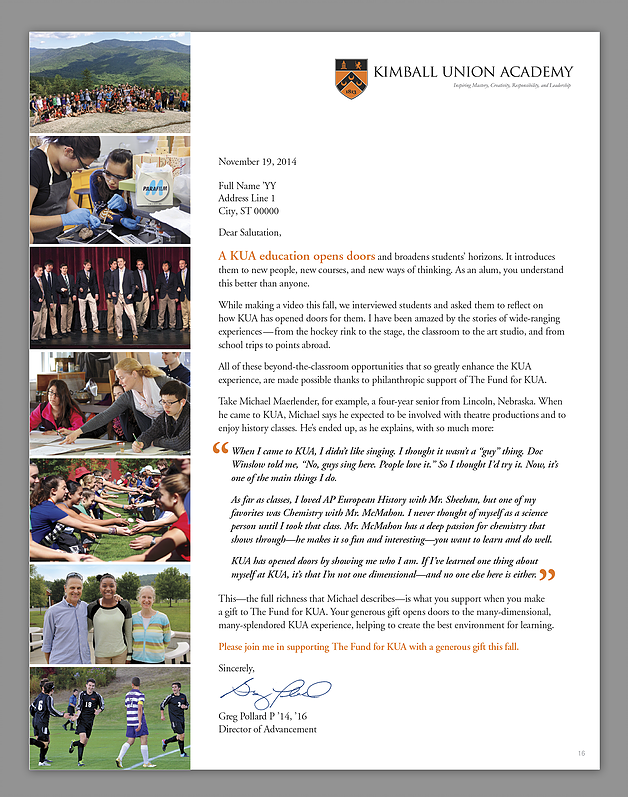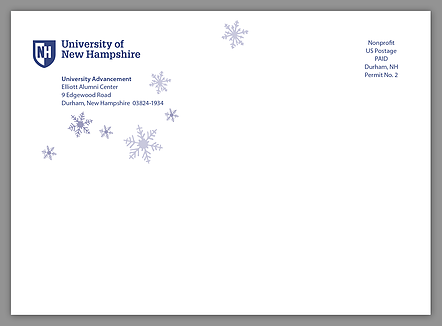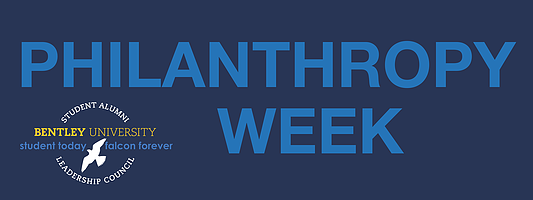The long and winding road to annual giving success starts with developing an annual fund plan. Annual giving is complex and having a roadmap ahead of time allows you to prepare for the possible speed bumps and detours. Your road to annual giving success begins today for the next fiscal year – it’s time to start planning!
A strong annual fund campaign requires extensive and comprehensive efforts that organizations need to plan well in advance. By doing this, annual fund objectives are clear, concise, and compelling as well as more apt to be strategically aligned throughout the fiscal year. However, according to Annual Giving Network’s 2016 Report, 67% said that they do not typically have a plan in place prior to the start of a new fiscal year.
Take a step back for a moment and think, “Did my annual fund have a documented, thought-out plan for FY’17?”
If your answer is, “Yes, it did!” – wonderful! How are you going to improve it for FY’18? It’s imperative to use as much data as you have gathered to determine what worked, what didn’t work, and how the plan can be improved. Some questions you might want to ask yourself:
- Did I have a campaign across multiple channels (direct mail, email appeals, a coordinated social media campaign, and a telephone push)?
- Did I segment the data to target the right people with the right message?
- Did I thank donors for their previous donation and ask for another small gift at the same time?
- Could I have incorporated 2 annual giving days instead of 1?
- Should I have implemented a challenge day?
- Could I have leveraged any yearly events to push annual giving (i.e. Pi Day, Valentine’s Day, St. Patrick’s Day, March Madness, the Organization’s Founding Year)?
- Did I tell donors how their donation impacted the organization?
There is always room for improvement by implementing innovative and creative ideas to your program.
If your answer is, “No, my annual fund didn’t have a strategic plan,” then you’re in luck – there is always time to put a plan in place. You might be thinking, “Where do I start? When do I start? What do I include in this plan?” Before summer, you should ideally have your approved plan in place ready to be executed for FY’18. This would put you at the perfect spot to be organized for the year and ready to strategically get donations in. Here are some guiding questions to fuel your annual giving campaign for your road trip to success:
- What is the theme of your annual fund? – by having a thought-out, annual theme, the annual fund can have a more succinct, consistent message upon multiple touchpoints.
- Do your social media pushes have consistent branding with your annual fund campaign? – as more campaigns implement social media, it’s crucial to have consistent branding across channels to connect all of the pieces for donors.
- Are there any yearly events that you want to include in your annual fund campaign? – if you’re focused on a certain theme for the year, you might want to consider incorporating certain events/holidays into your campaign. For example, if the founding year for your institution was 1718, you might want to implement a Giving Day on January 7, 2018 (1/7/18). If you have a theme of focusing on different departments throughout the year, you might want to focus on athletics in March and hold a March Madness bracket challenge. If you’re focusing on raising funds for a new math center, you might want to hold a giving day on Pi Day, March 14th (3.14).
- How will you segment your data? – knowing who your donors are helps with segmenting data as you want to ensure you are targeting the right people with the right message at the right time. Personalizing asks based on specific donor interests increases your chances of their donation.
- Did you thank your donors? – donor retention is a major factor of your annual fund. Maintain your relationships by thanking your donors and let them know how their gift impacted the organization! When they feel appreciated, they are more inclined to continue contributing to the fund in the future.
- How did the campaign do and how are you going to improve it next year? – during your current campaign, you should start thinking about next year’s campaign. Ask yourself questions like, “Should we do this strategy next year? Which approach was most successful? Which approach did not perform as we had hoped? Is there anything going on in the environment that might have impacted positive or negative results for our campaign?” By having improvement at the forefront of your mind, annual fund campaigns are more likely to succeed even more.
An annual fund campaign needs to be kept vibrant, updated, and innovative. These efforts need to be revisited and monitored constantly to ensure the annual fund is meeting or exceeding expectations. In order for aligned initiatives to be effective, goals need to be set and the prior year’s campaign needs to be evaluated at the completion of the campaign. When evaluating the campaign, it’s important to take into consideration the dollars given, participation rates, average gifts, and cost-per-dollar-raised. This will aid in establishing a benchmark that will be beneficial in setting realistic goals.
What do you think would happen if donors heard from you consistently the first year throughout the year and only one time the year after that because an annual plan wasn’t implemented? The purpose of an effective annual fund plan is to establish consistent giving habits in your donors. If they feel as though you only reach out when there is a crisis or when there is a sudden need, they won’t feel the emotional connection as they would if they had received consistent outreach explaining how they can make an impact. Retaining donors is a key contributing factor to developing and executing an annual fund plan.
As a proud partner with our clients, BCG Connect has worked strategically with numerous organizations to develop and improve their annual fund marketing campaigns. Some of the most successful campaigns were planned well in advance of the start of the fiscal year. If your goal is to work with a partner that can help develop a strategic, impactful annual fund marketing program, connect with us to learn how BCG Connect can help you!

